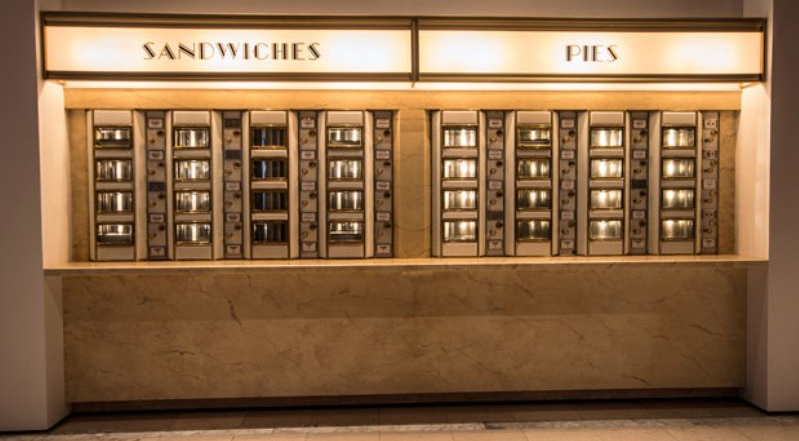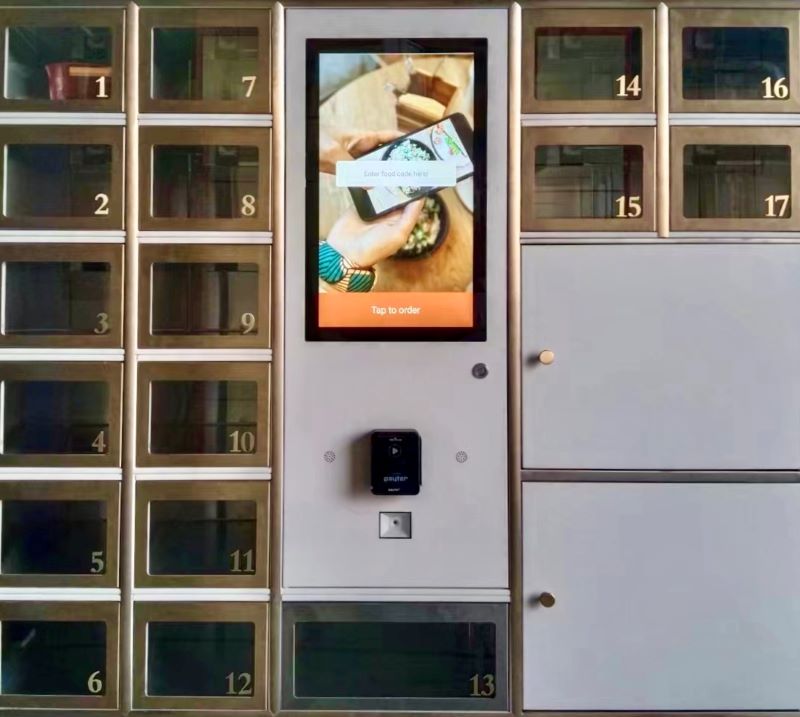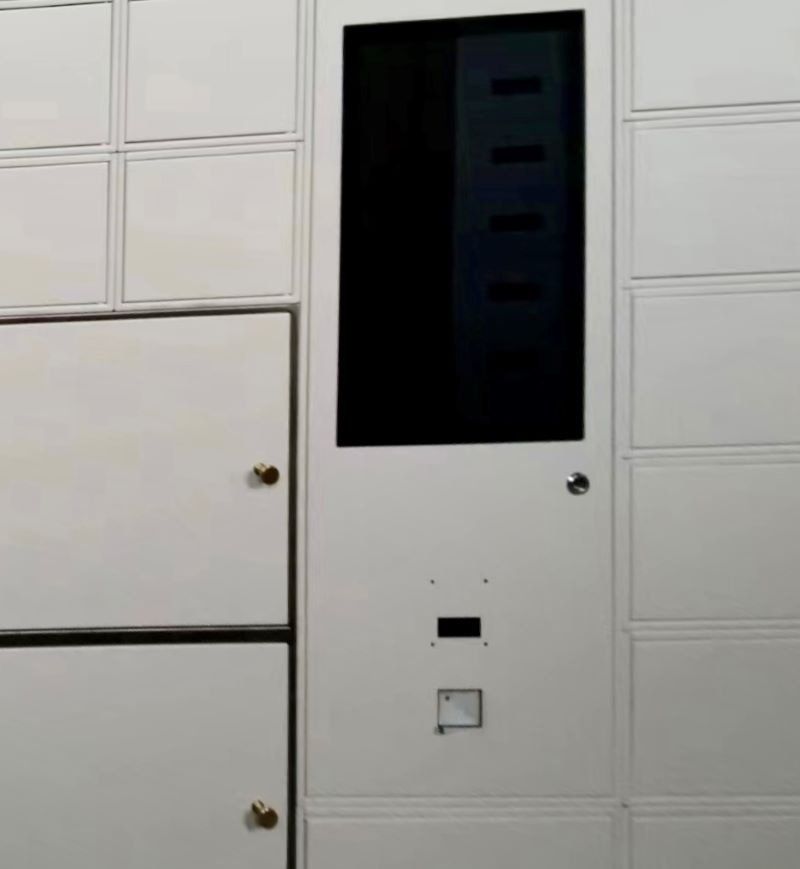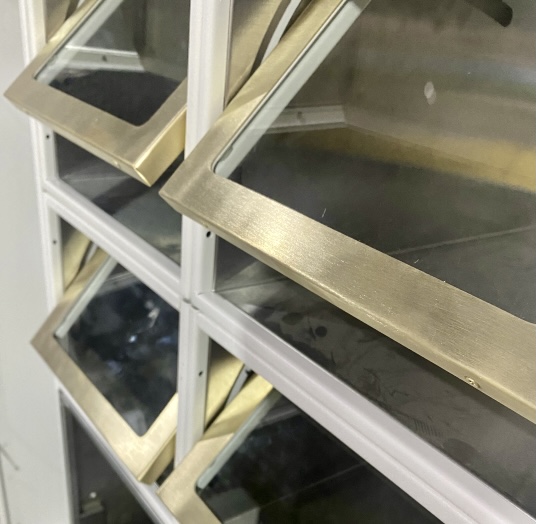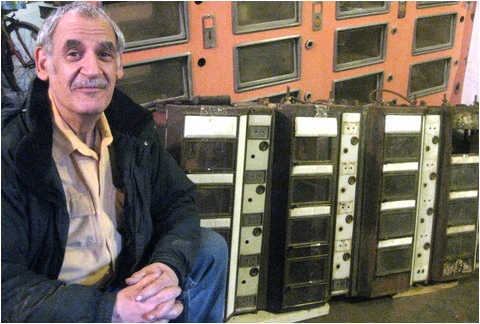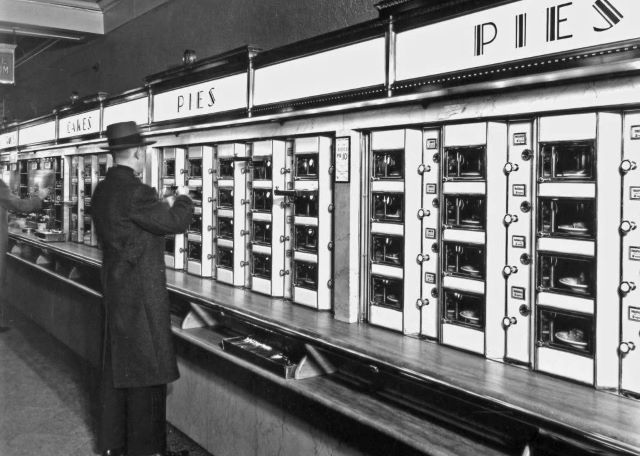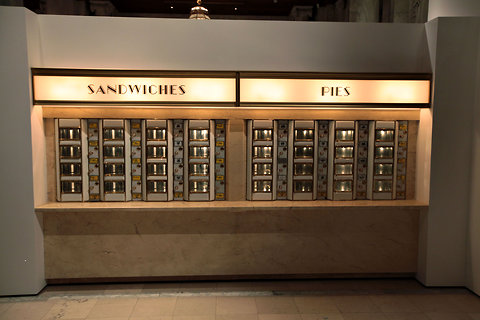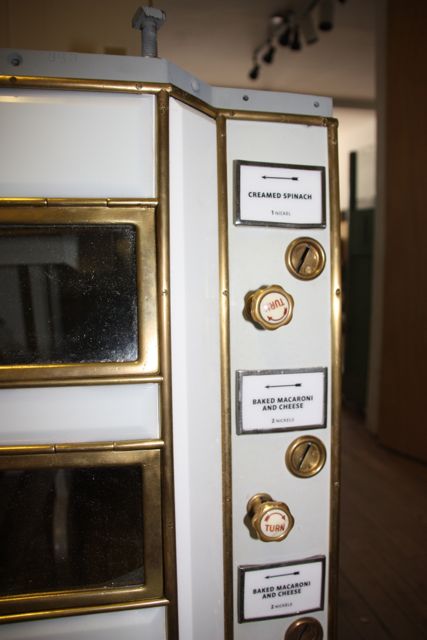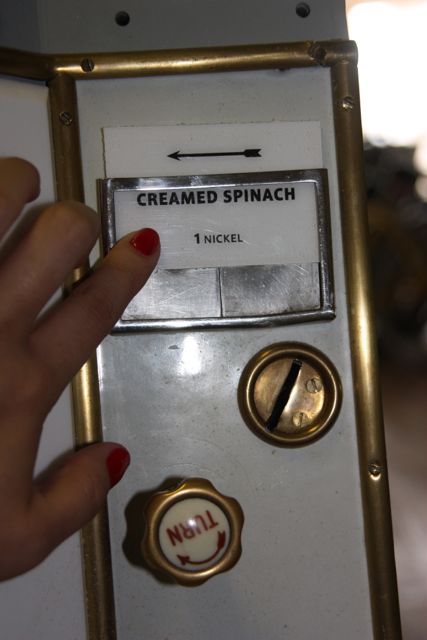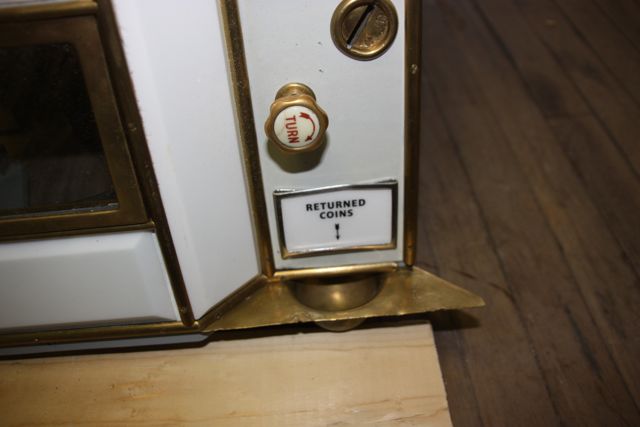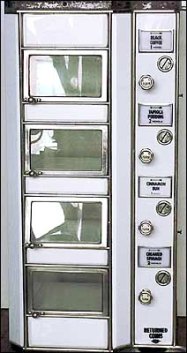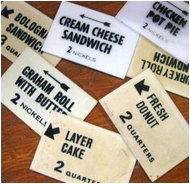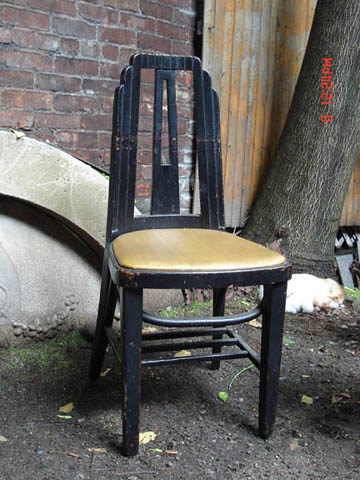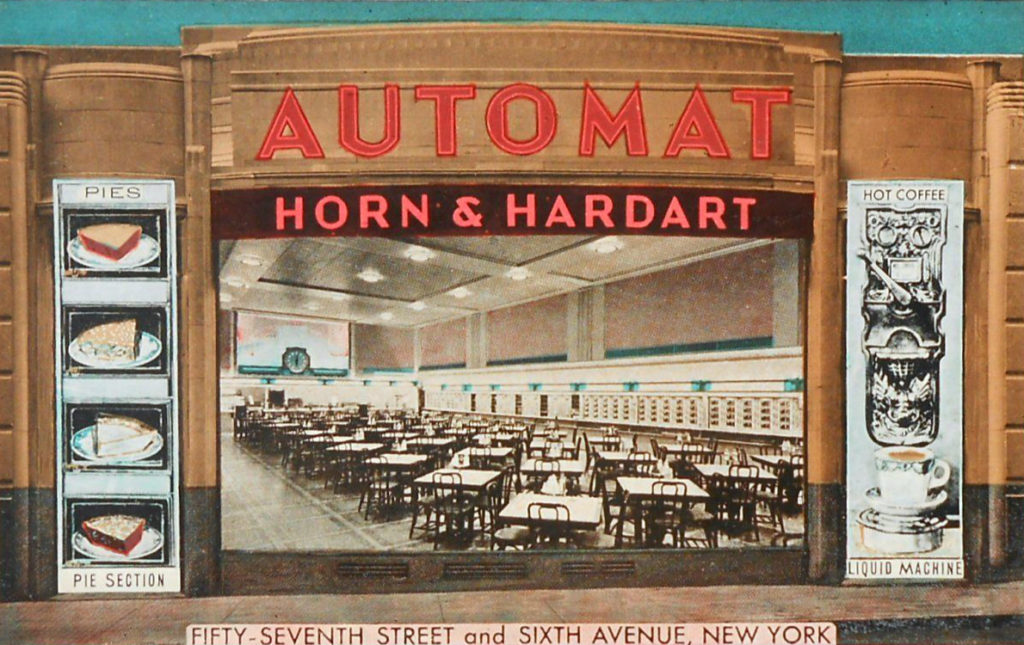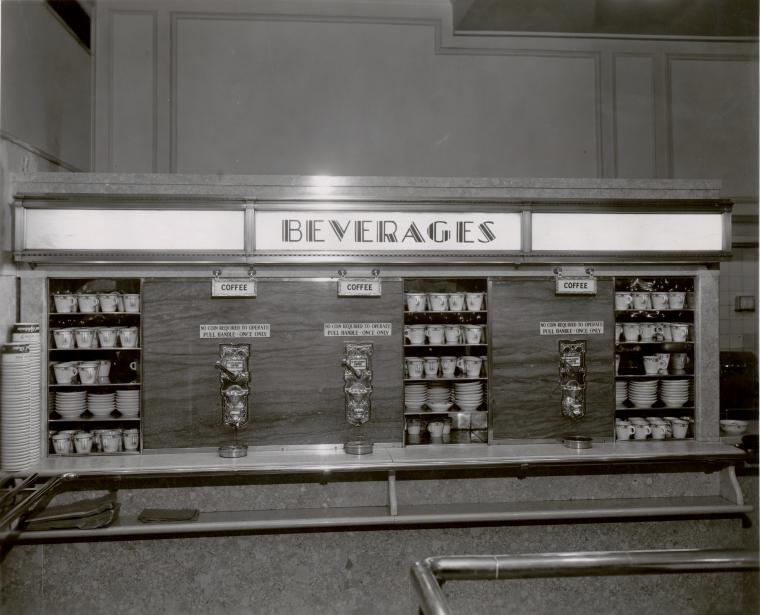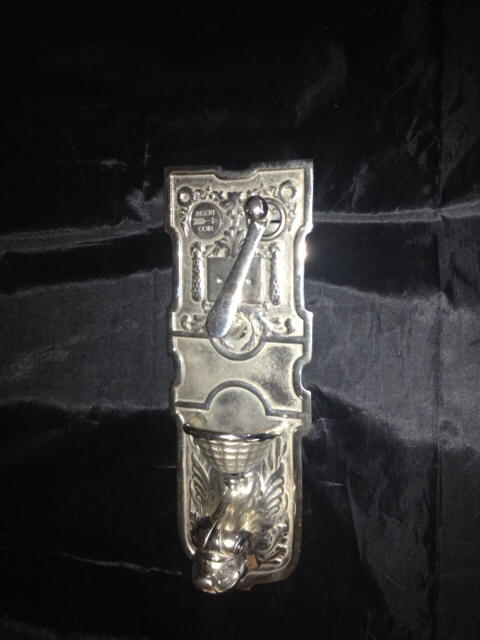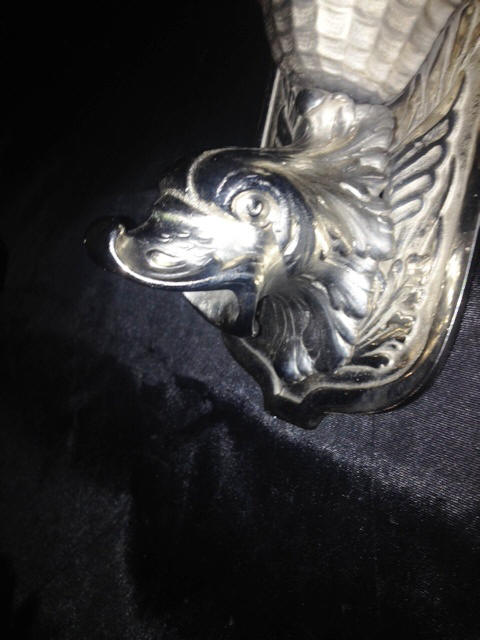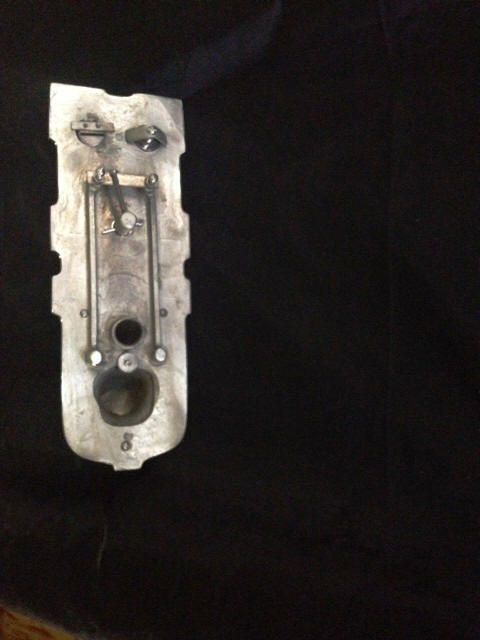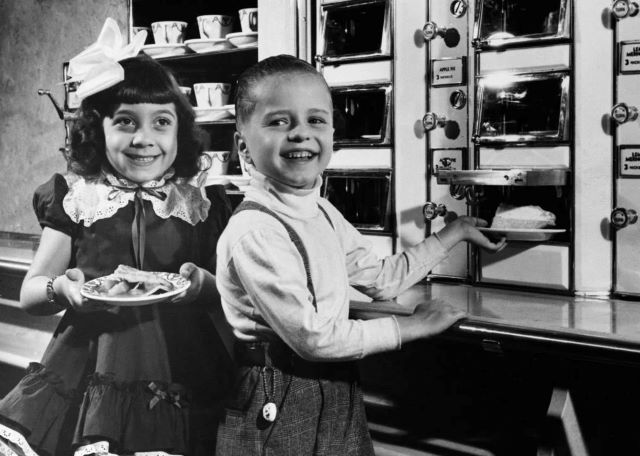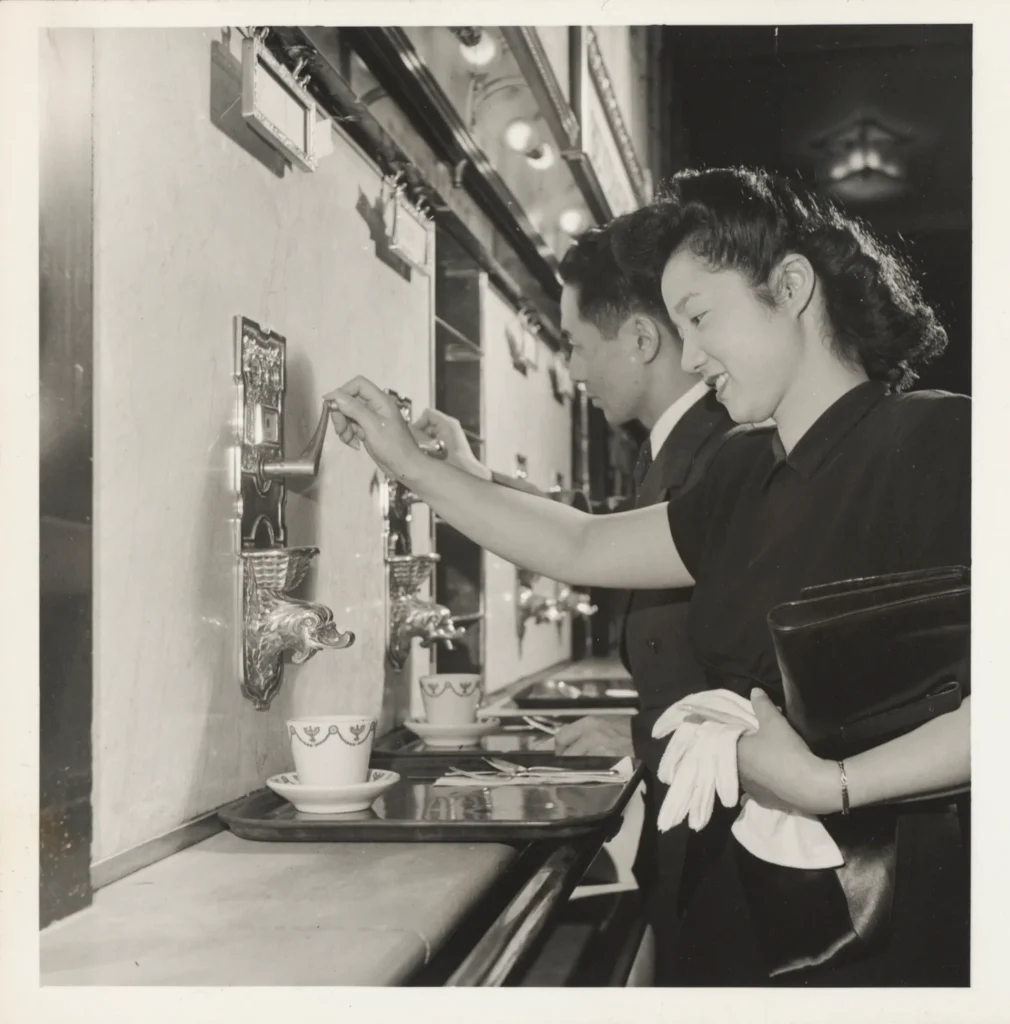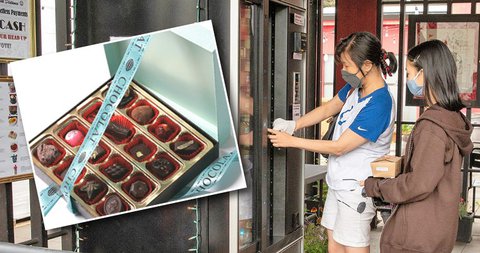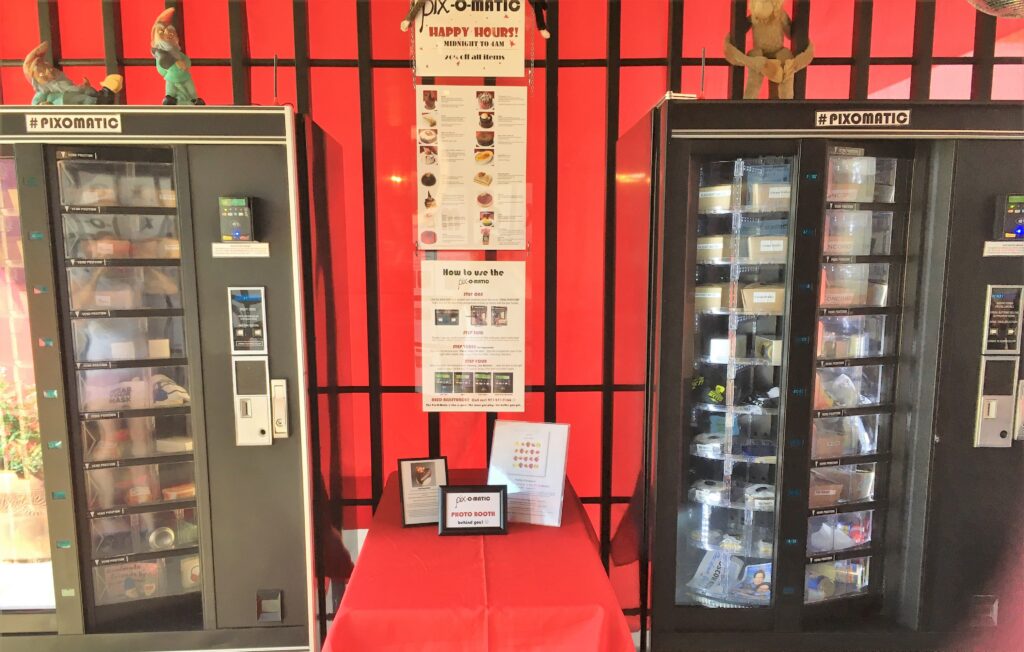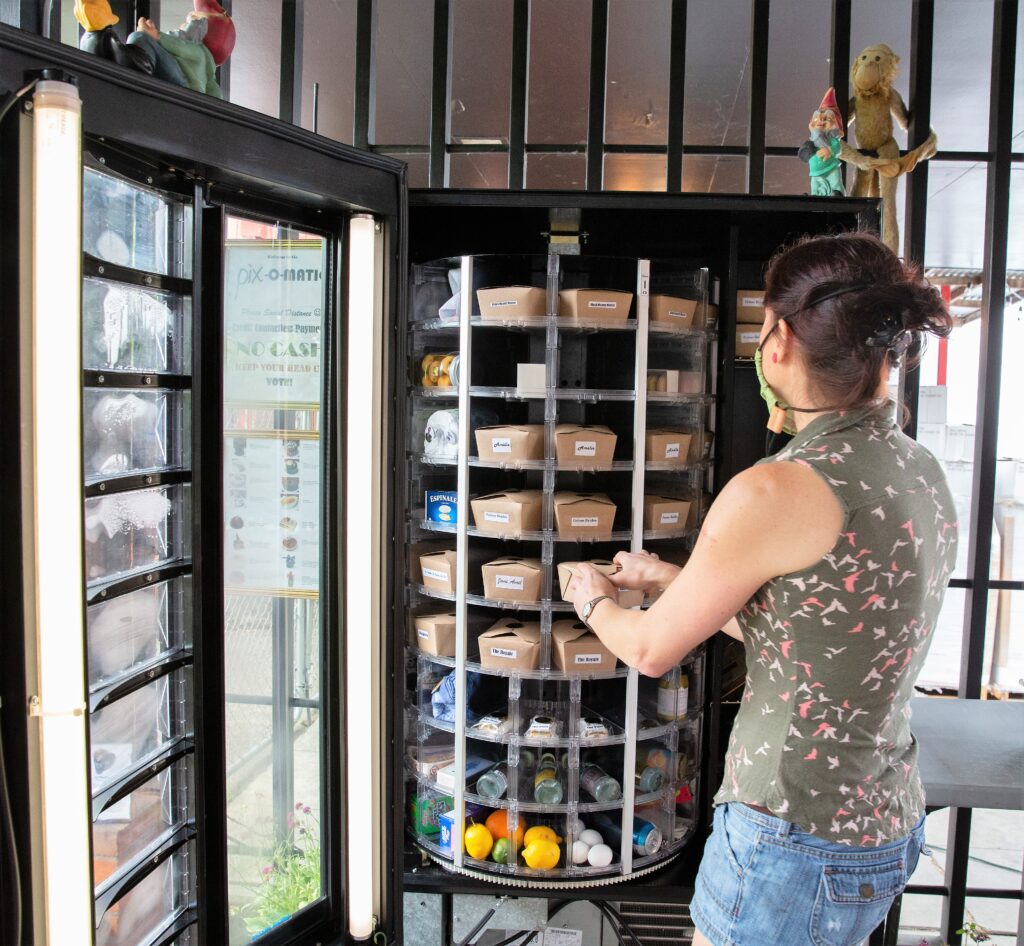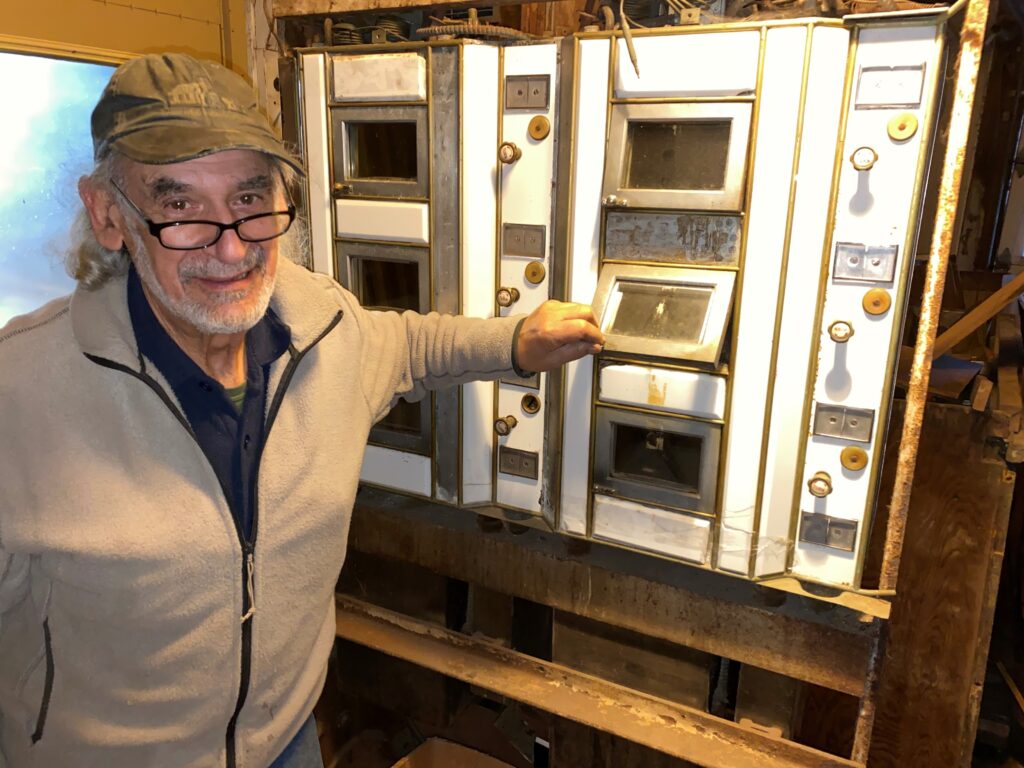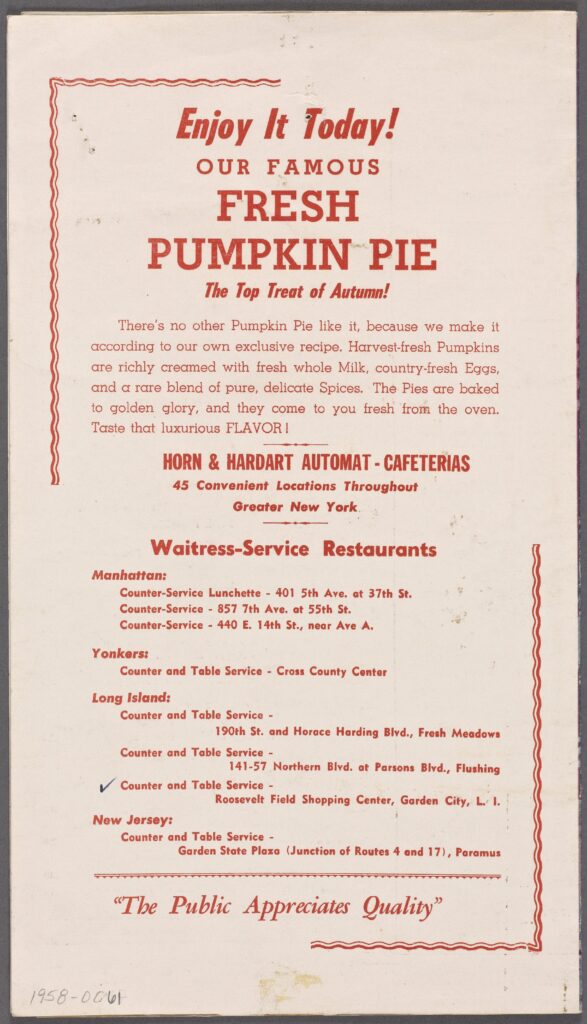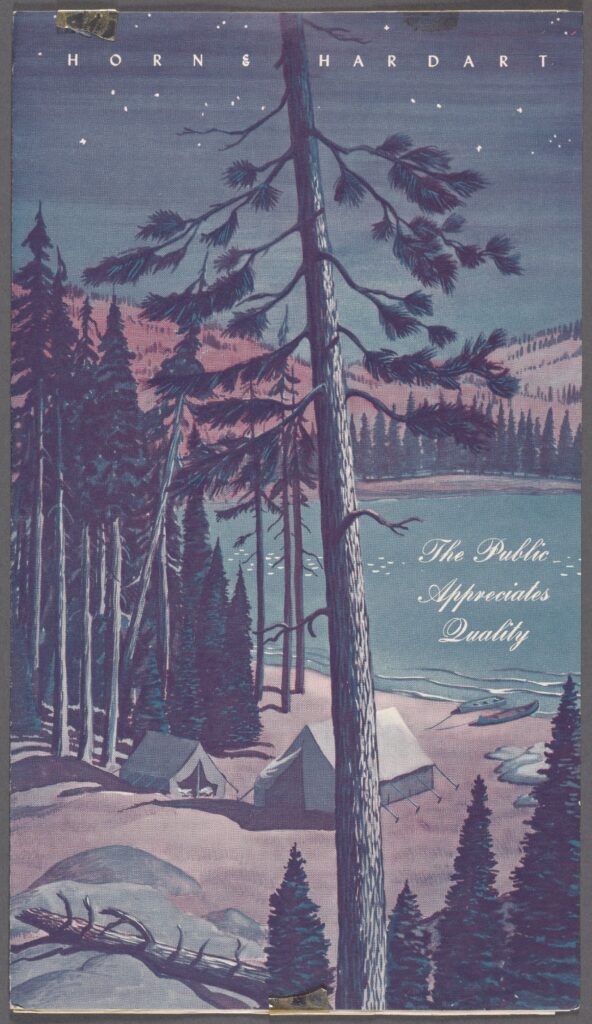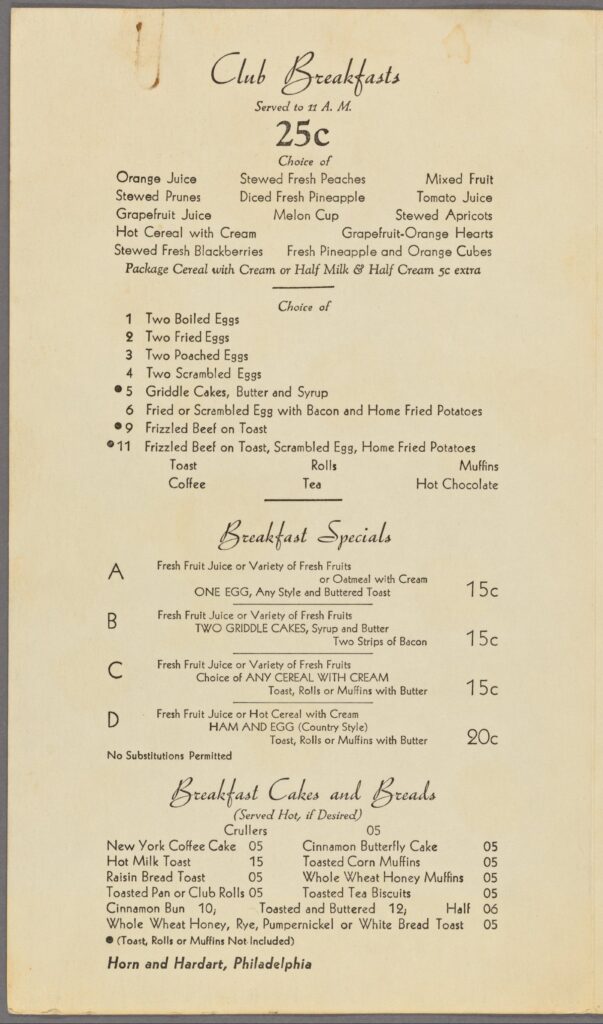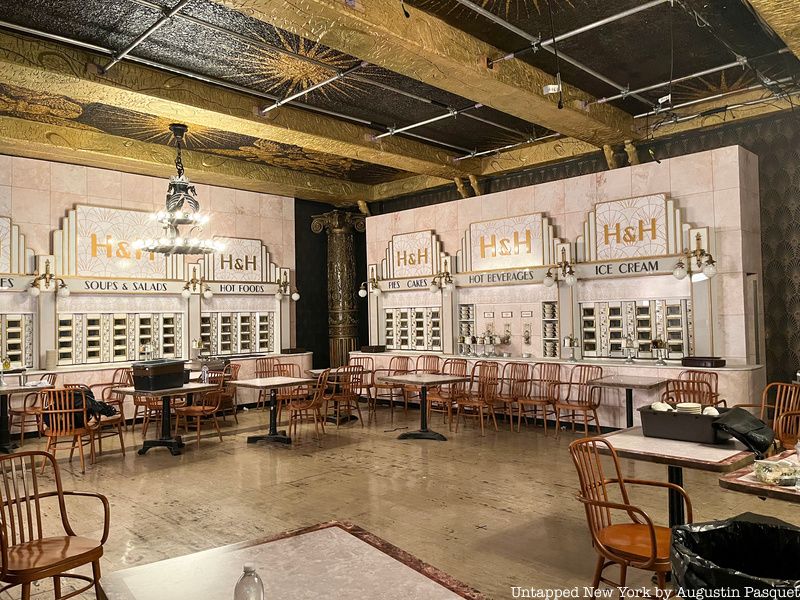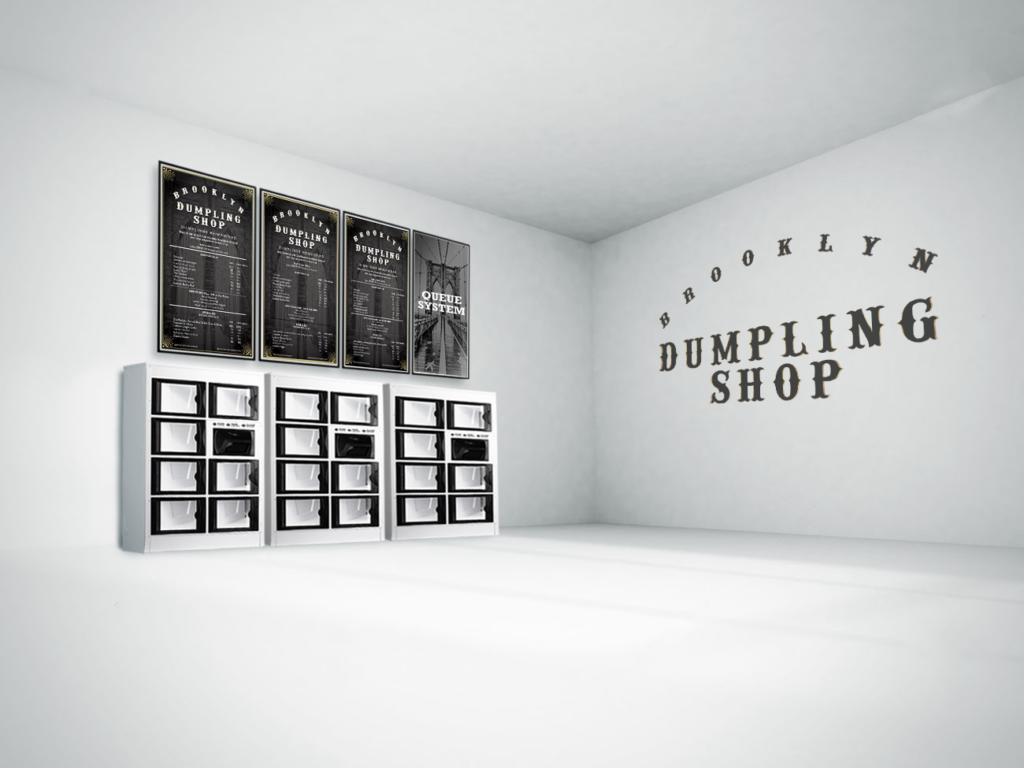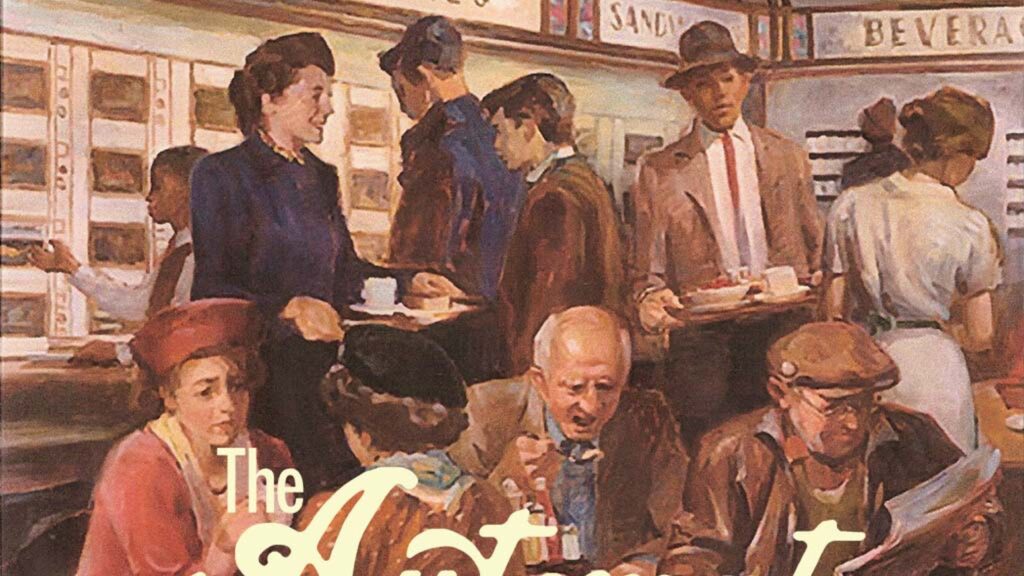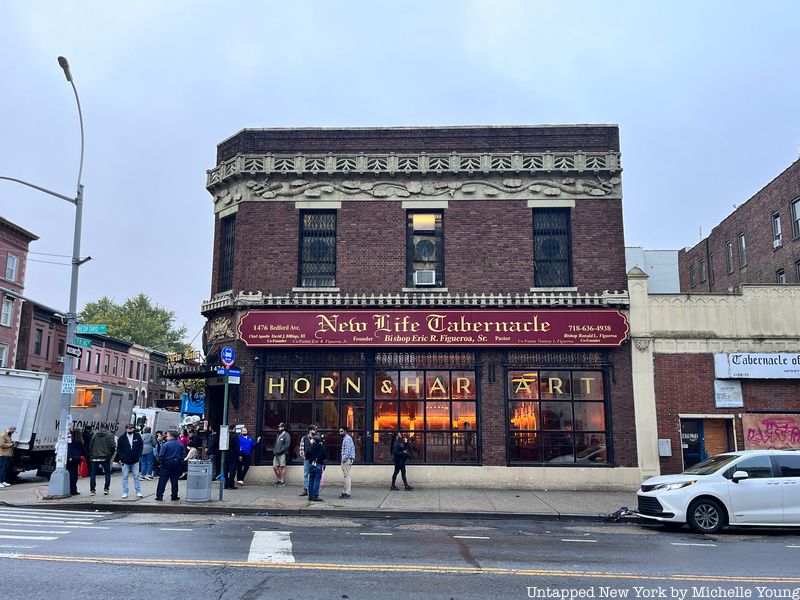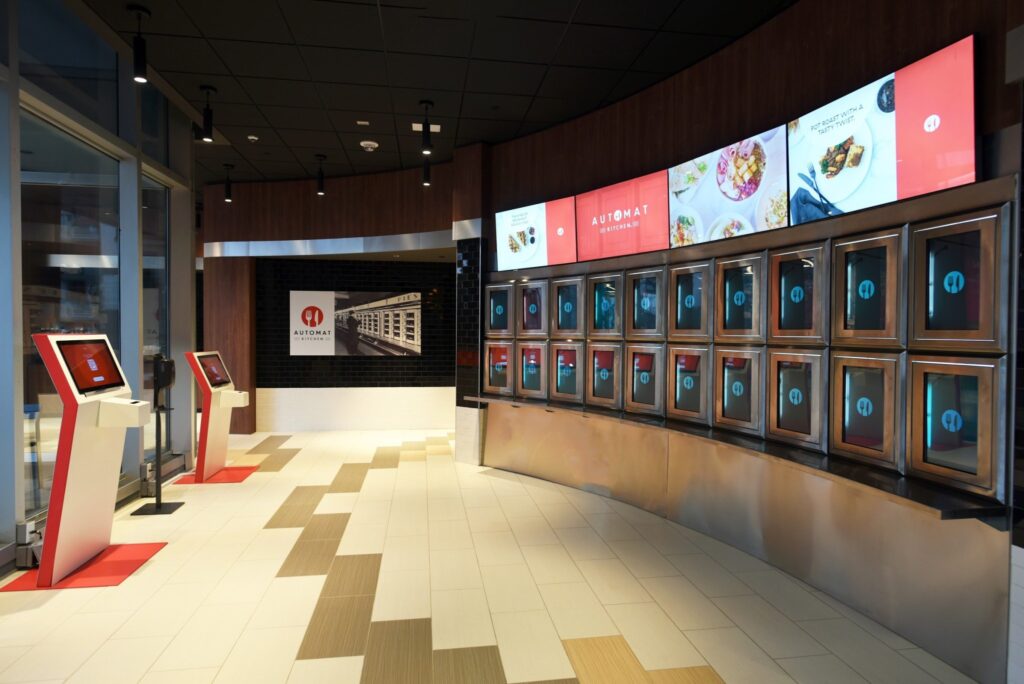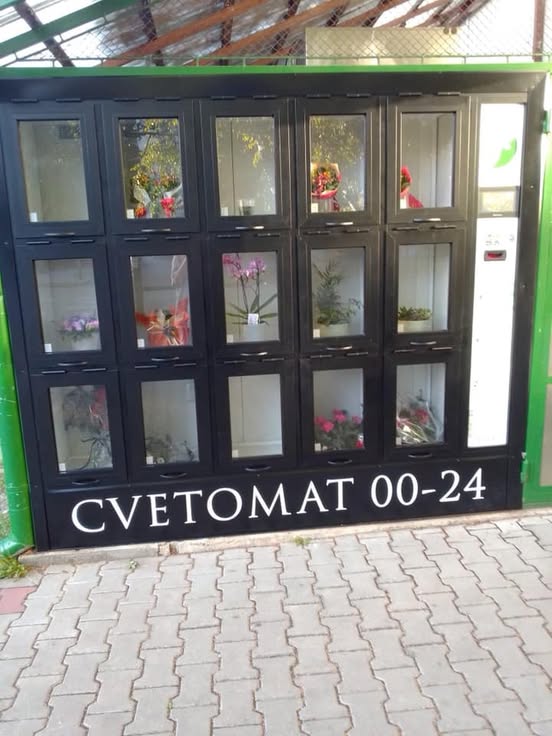How a Vending Machine changed and is still changing, the world
The Automat Movie review 3/15/22, 11:00 AM
120 years after its founding, a venerable American institution is finally getting it’s close-up, in the form of a charming and very-well researched documentary, revealing its origins, history, and progress through a Century of enduring respect and even love. The myriad benefits that were provided to us through this business have been spoken of often, but here is a comprehensive revealing of how and why this was accomplished, a permanent record of the people who made it happen. Everybody has heard of it, many have experienced it but few have understood its origins or the processes that kept it alive and functioning over such a long period of time, remarkably true to its original intentions and so influential over so many other businesses.
When the history of dining, from the 19th to the 20th century, is written, there will be a hefty chapter on something called the Automat. Born in Germany, at the very end of the 19th century, with various permutations surviving in different European countries, this food delivery system, which relied on the high-tech vending machines of their day, found its natural home in the United States. It was here, where two entrepreneurs from Philadelphia, Joseph Horn and Frank Hardart, found a brilliant engineer, John Fritsche, to totally re-work the equipment and methodology, and fashion a giant two-city enterprise, that became the largest restaurant chain in the United States, for decades, and lasted for nearly 90 years.
Today, on account of rising labor costs and fear of contact spurred by the pandemic, a form of it is being revived, in various new versions. One, the new Brooklyn DumplingAutomat, has a preponderance of the deep-fried and almost all meat-loaded dishes, that were never a feature of the original places. They use their name, although it bears almost no resemblance to its namesake. True, there are lighted boxes from which you gather your meal, but everything must be ordered beforehand, (although it can be done online). The important, instant gratification factor, of the experience, is missing. The ability to run in and push a bunch of nickels or quarters into a machine and immediately have your chosen delicacy in your hands was an essential aspect of the original.
We have entered a new era, supercharged by the pandemic, a time when this modality, “Everything is only a few clicks away” and can be delivered before the sun sets, is the new normal. It is possible to see now, that this might have been the first working model of such an enterprise, launched in 1902, two years before Henry Ford applied these assembly-line principles to the business of manufacturing machines. That this has now become the dominant mode of virtually all commerce, the profound influence of this local restaurant chain on how our current world works, is unmeasurable.
Regardless of the technical aspects of any new iteration, there are other elements that are bound to be missing from new enterprises that would like to associate themselves with the H and H phenomenon. This has to do with the original goals of the founders and their remarkable ability to maintain their standards and methods during their many years of operation. The Automat was our most important common, virtually public, space, yet was being operated by a private company. As important as the food, was the nature of the experience. This was a home away from home for so many, as welcoming as a friend’s house. When I was growing up as one of seven kids, our front door was always open and there was always a stream of characters taking advantage of that fact, to grab a nosh or just pay a visit. That is the best analogy I can find for the character of the automat, an open door, and an empty seat.
Another difference with today’s take on this subject is that each of the many locations was virtually unique, unlike the endlessly repeated standard models favored today. Atouch of the magnificent, fabulous, and greatly detailed, these Art Deco and Art Nouveau masterpieces were probably the most elegant and luxurious places that the average customer experienced in the course of their day, for many in their entire lives. Most importantly, for a food joint, by making everything fresh, every day, they spared no effort or expense to provide the pinnacle of gastronomic, at prices that were impossible to findanywhere else. The quality and value, the consistency, were unmatched. The pride that the founders had in their products was more important to them than maximizing their profits, a mentality that has, tragically, virtually disappeared over time.
That is the main problem with those seeking to borrow some of the allure of the Automat. With the economies of scale that now dominate our business model in so many realms, from Amazon to Google, MacDonald to Microsoft, the point is to crush the competition by using their size to assert their necessity. Missing from these calculations is the human element. The lousy nutrition which has characterized fast food, the destruction of the ecosystem which accompanies it, and the urge to gobble up the competition and render it irrelevant, are all really anti-social activities, masquerading as “good business”.
Unfortunately, the potentially disastrous effects that their priorities have, on our long-term survival and the quality of life factors that accompany that, have been rendered largely irrelevant. The lessons that H and H taught us so well, about taking full responsibility for your actions, and aspiring to make the best of life’s gifts available to everyone, no matter how humble of status, are forgotten now. They have been replaced by quarterly reports, that totally ignore the impacts of these policies on our species and future. It is no way for us to reckon all of the consequences of this unchartered journey into what resembles oblivion, but it is certainly worth examining. We need to determine whether some changes are needed in how our world functions or doesn’t.
Along with the 40 restaurants in NYC, H and H also maintained a large chain of 140“Less work for Mother” retail shops here. They could see those busy people needed a way to get good, prepared, fresh food, to take home at the end of a hard day’s work. Along
with the excellent baked goods, they also provided access to their one-day-old production, at sharply discounted prices to those of modest means. They even placed some of these stores, intentionally, in neighborhoods that were economically disadvantaged. Somehow, these two enormously successful businesspeople never discarded their desire to serve a higher purpose than just making money. WhenMessers. Horn and Hardart realized that they could not maintain the quality and value of their products in other cities, without creating an entire complex system of processing and delivery, they decided that they would stick to what they had, rather than sacrificingtheir ideals for the sake of endless expansion. Enough was enough.
Since New York City, throughout the 20th Century, was, arguably, the most important place in the world for business, culture, art, finance, International peace and so many other important aspects of our lives, the presence of an institution with such high aspirations, a living example of unlimited possibilities was important background music. The automating and mechanization that the Automat presaged certainly was an accurate window into the future of our society and its methodologies. Fortunately, Mr. Horn and Mr. Hardart used technology to project optimism and generosity, which had to have provided each and all of its patrons with a map, of a path to the future, which was paved with humanity and inclusion. They breathed a welcome measure of compassion, empathy, and decency, into all of those who benefitted from these endeavors. That is not fast food, it is slow love.
The Automat movie does a terrific job of exposing these issues to us through a careful, joyful, and accurate history of this enterprise. I was honored to be a part of it along with such luminaries as Mel Brooks, Colin Powell, and Ruth Bader Ginsburg. First-time director Lisa Hurwitz took 8 years to craft an excellent documentary, by providing the essence and spirit of these places. While she is too young to have ever actually visited one, she has captured both the magic and the more mundane aspects of this historical phenomenon. That a novel vending machine could serve to demonstrate the best of our natures, is as odd as it is true. That it can still serve to inspire us to raise our aspirations to the sky, and yet fully realize them, is both remarkable and wonderful. It happened once and that means it can happen again. If such a vision is possible, how can we settle for less?
